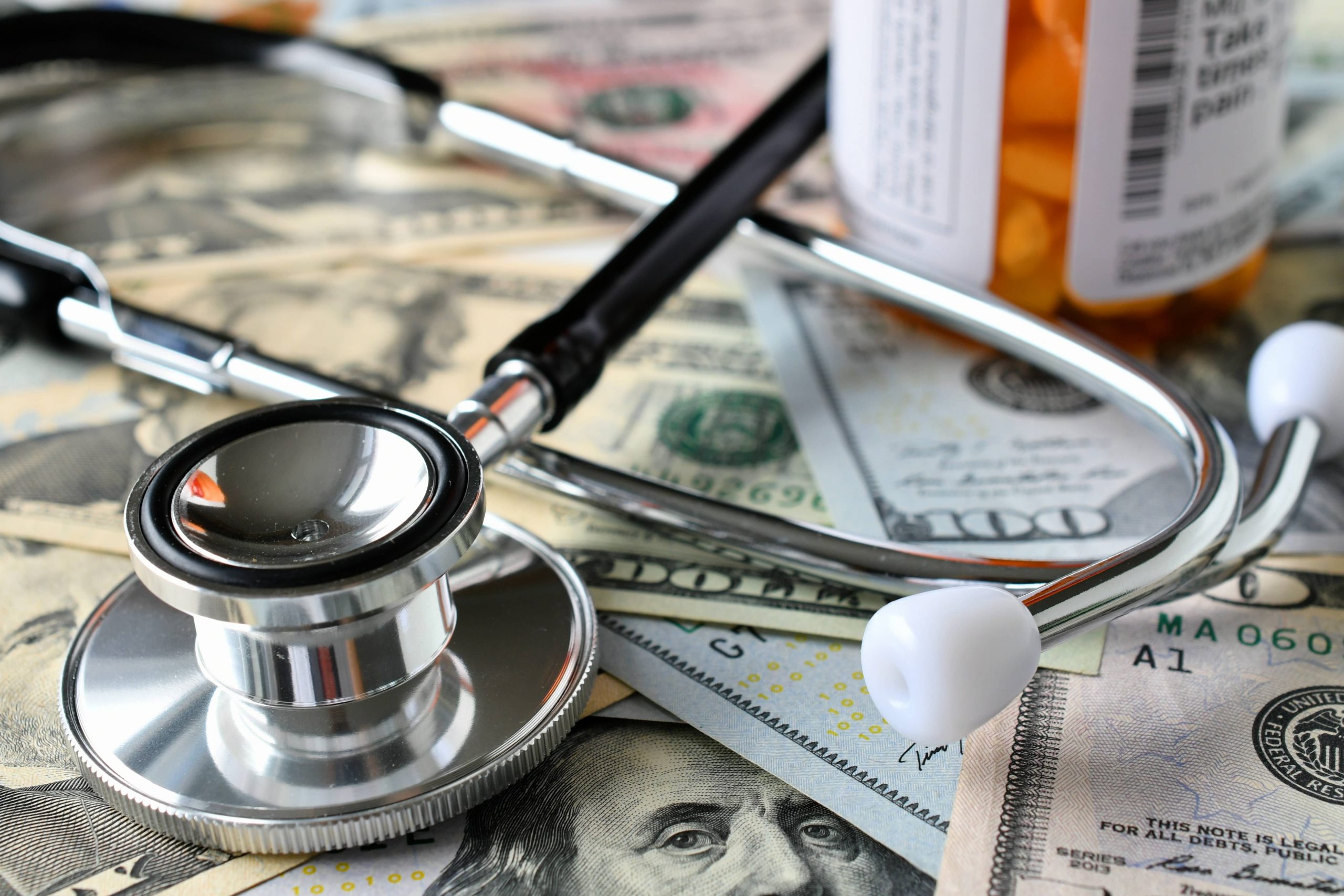
An emergency fund can give you peace of mind that you have money to cover unexpected costs and provide a safety net in case things take an unexpected turn. Be it health issues, home repairs or missed paychecks – being prepared is key.
An emergency fund can help you avoid running up credit card debt or taking out a loan to cover expenses. Many experts suggest saving at least three months’ worth of living costs in case major expenses occur.
To build an emergency fund, start by reviewing your budget and setting goals. Begin by considering money spent on essentials like housing, transportation and food; additionally, take into account current income. If you’re having trouble making ends meet financially, it might be time for extra work or to look into cost-saving measures like lowering insurance or phone bills.
Utilize a savings app or website that automates your savings and tracks your progress. Doing this will help you stay motivated to save more frequently.
Try to save as much money each month, even if it’s just a small amount. By setting aside money each month, you can develop the habit of saving and build up your funds quickly.
When it comes to emergency savings, opt for a high-yield savings account. These accounts offer competitive yields and low fees, making them an ideal option for stashing away funds for an unexpected crisis.
Compare savings rates and accounts side-by-side to find the best option for you. Make sure that your bank or credit union provides both FDIC and NCUA insurance, as well as a low annual fee.
Another option is to invest the money in a CD, which will grow at a faster rate than traditional savings accounts and offer higher interest. You always have the option of taking it out when needed, but keep in mind that CDs carry greater risk than savings accounts since their value may decline if the market drops.
Savings accounts should always have liquid and accessible funds in case of emergency, so it’s essential to find a bank that allows free withdrawals without penalty. Online-only banks tend to offer lower fees and higher yields than their physical counterparts.
Set up automatic transfers from your checking account to a savings account every payday, making it effortless to save money without spending it elsewhere.
When you receive a large check, such as a tax refund or stimulus payment, make sure to save it immediately in your emergency savings fund. While it can be tempting to spend this money right away, make sure you save so that you don’t miss out on another chance at building your emergency fund in the future.
If you’re on a tight budget, setting up automatic transfers from your paycheck to savings may seem impossible. But, this simple step can help remove the temptation of overspending from your budget and boost the likelihood that you’ll reach your goal of building an emergency fund.
